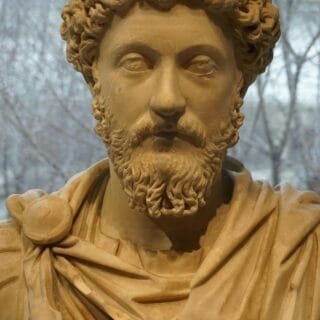AI Writing vs. Human Writers: The Power of Collaboration
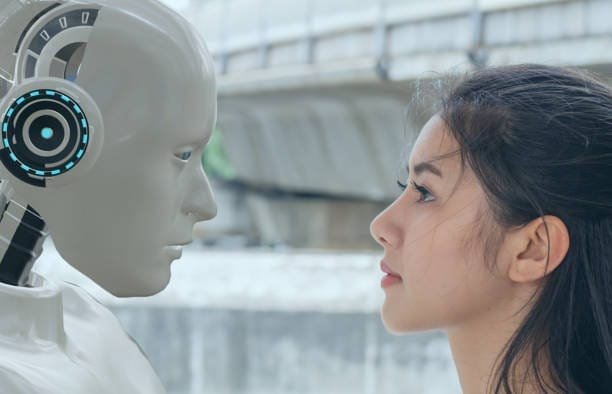
Have you always thought of AI writing vs. human writers as a battle? What if it’s not a fight, but a partnership in progress?
While the news often makes it seem like AI and humans compete, what’s really happening in writing spaces like classrooms, studios, and even coffee shops is something different.
Technology isn’t taking over creativity; it’s helping it grow. Tools like ChatGPT, Jasper, and Writesonic are revolutionizing the way we write, edit, and ideate. But the question isn’t just whether AI can write, it’s whether it can write authentically.
In this new chapter of storytelling, AI writing vs. human writers isn’t a war of words. It’s a collaboration between logic and lived experience, precision and personal truth. So what happens when the machine drafts, and the human defines?
Maybe the “vs.” is outdated, maybe it’s time we read it as “with”.
The Evolution of the Writer’s House: AI Has Entered the Chat
In the traditional writer’s house, whether that’s a bustling newsroom, a cozy poetry corner, or a film studio, writing was once the sole domain of people. But now, AI has taken up residence. It offers efficiency, idea generation, and even polished prose, all within seconds.
But is that enough?
AI can structure a blog, mimic a tone, or summarize a novel. What it can’t do is feel what it’s like to lose a friend, sit in a rain-drenched café writing about heartbreak, or wrestle with self-doubt while staring at a blinking cursor. These are experiences only human writers can translate into words—the kind of moments that give stories depth.
According to a 2024 study from Arxiv, high levels of AI support what researchers call “scaffolding” can significantly improve writing quality and productivity, particularly for newer or less tech-savvy writers. However, it also revealed a moderate decrease in text ownership and satisfaction, reminding us that while AI can enhance efficiency, it can’t replicate emotional investment or creative identity.
As AI writing vs. human writers becomes a common topic in digital discourse, what’s truly at stake isn’t jobs or speed, it’s authenticity. Can we preserve it while embracing the machine?
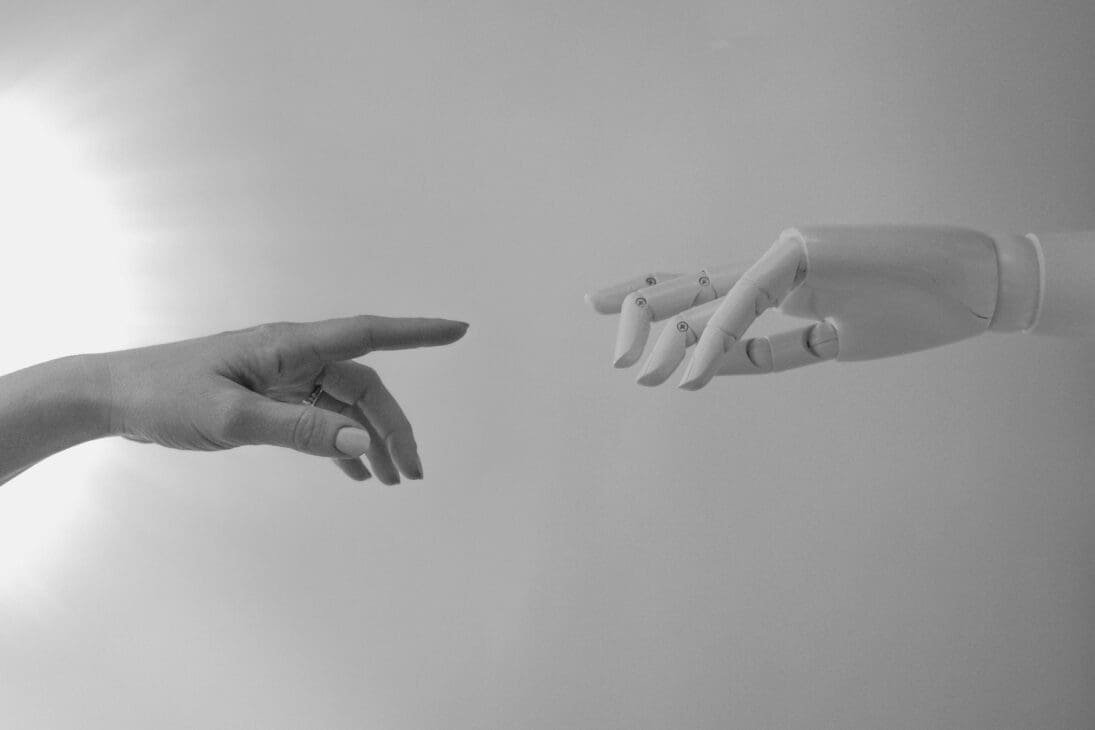
Writers Guild and the AI Writing vs. Human Writers Debate
In 2023, the Writers Guild of America (WGA) went on strike, and one of the most pressing issues was the rise of generative AI in screenwriting. Writers weren’t just concerned about losing jobs; they were fighting to protect their voices from being scraped and mimicked by machines.
As Reuters reported, screenwriter John August voiced a common concern:
“We don’t want our material feeding them, and we also don’t want to be fixing their sloppy first drafts.”
The strike wasn’t about rejecting AI entirely, but about drawing a line that ensures authenticity, consent, and creative credit stay with the human writer.
According to Fordham Law’s analysis, the WGA’s 2023 Minimum Basic Agreement (MBA) introduced groundbreaking restrictions on AI use. Under this contract:
- Generative AI (GAI) cannot be credited as a writer or used to write or rewrite original material.
- Producers must disclose any use of AI-generated content, which cannot count as source material for credit or compensation.
- Writers cannot be disqualified from ownership or separated from rights due to AI-assisted content.
- Studios may use AI tools for plagiarism or copyright detection, but not as replacements for creative authorship.
Beyond AI, the contract also secures higher minimum wages, expanded health and pension funds, and larger, longer-term writing teams, a major win for creators navigating an evolving technological landscape.
In short, the WGA strike resolution set a powerful precedent: AI can assist, but it cannot author. The pen and the voice still belong to the writer.
Writers Lab Insights: AI Writing vs. Human Writers in Practice
In spaces like the writers’ lab, writershub, and workshops, many creators are no longer debating if AI should be part of the process; they’re figuring out how to use it wisely.
Writers are experimenting with tools like ChatGPT, not to replace their creativity, but to support brainstorming, dialogue drafts, and structural edits. These spaces aren’t centers of resistance; they’re testing grounds for co-creation.
According to a 2025 survey cited by Wired, 20% of U.S. adults now use ChatGPT at work, up from just 12% six months prior, a sharp rise that shows how quickly AI tools are being adopted in professional and creative workflows.
In a typical writer’s workshop, a novelist might use AI to generate multiple takes on a scene or find new ways to phrase a character’s dialogue. In writershub communities, creators exchange tips on using AI to stay productive while still protecting their unique tone and voice.
The key takeaway? AI helps, but it doesn’t define. It drafts, but it doesn’t decide. It offers structure, but not soul.
The collaboration works best when AI is seen as a tool, not a substitute, for human originality and emotional depth.
Writers Café and Writers’ Tears: What AI Writing Can’t Replicate
Picture this: It’s late afternoon. You’re in a writer’s café, laptop open, coffee cooling, heart aching. You just wrote the hardest paragraph of your life, not because it was technically complex, but because it came from somewhere raw.
Now, imagine asking AI to write that same paragraph.
Sure, it can match the tone. It might even throw in a metaphor or two. But it will never know what those tears meant. The phrase “writers’ tears” isn’t poetic fluff; it reflects what makes writing human: the messiness, the memory, the meaning.
Whether it’s a novel draft or a few lines of private reflection like those found in Mindful Journaling for Healing, that emotional depth comes from lived experience, not code. These words don’t just communicate; they process pain, rebuild perspective, and restore presence, something no algorithm can truly emulate.
AI can only simulate emotion; human writers live it. That’s the line no algorithm can cross.
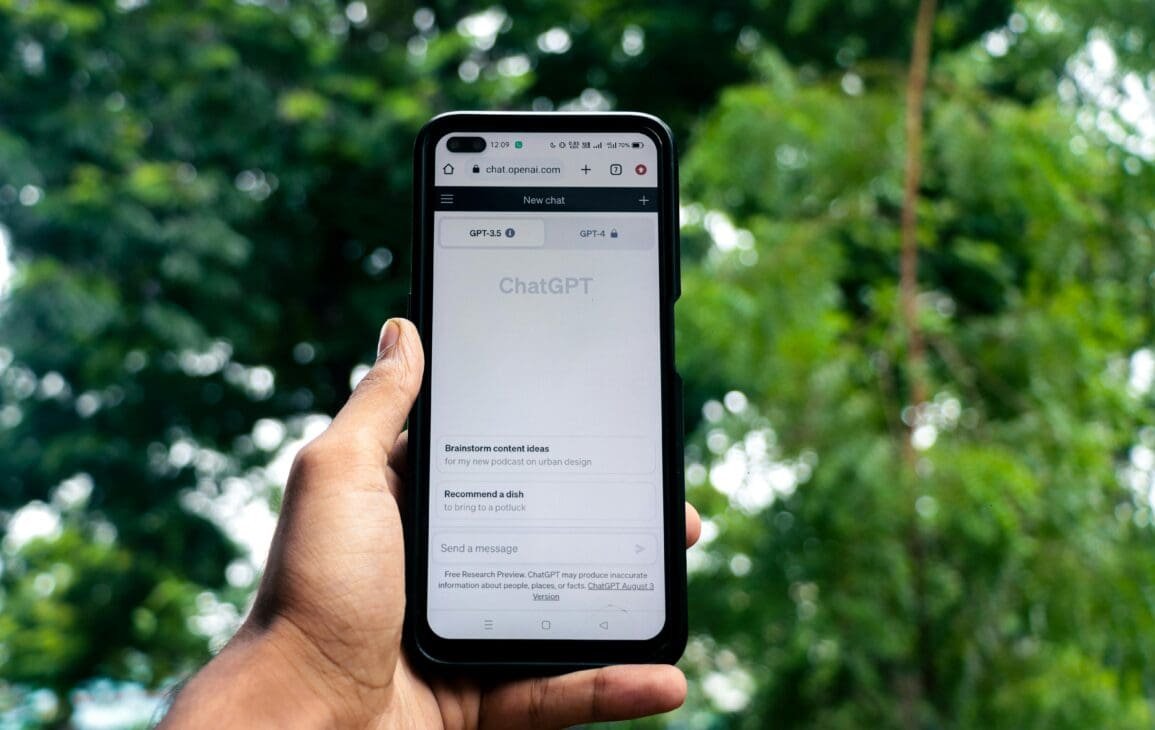
Writers of the Future: Co-Creation Over Competition
It doesn’t have to be either/or. It can be both.
In this evolving landscape, writers of the future won’t be afraid to use AI. But they’ll also know that authenticity isn’t produced by a prompt; it’s crafted through lived experience, vulnerability, and intentional expression.
A young novelist might use AI to plot a fantasy arc, but draw on childhood trauma to breathe life into a broken hero. A screenwriter might use AI to smooth out the structure but return to her journal entries to write the climactic monologue. A creator on Substack might use AI to clean up formatting, but the pain in their essay about grief? That’s real.
As these collaborations grow, ethical clarity will matter just as much as creativity. Writers will need to ensure proper credit, guard their copyrights, and preserve originality, making sure AI supports their vision rather than reshaping it. Co-creation works best when technology amplifies, not overrides, human intent.
Authenticity isn’t just in what’s said. It’s in why you say it.
When Code and Creativity Collide: The Real Power of Collaboration
When AI and human writers work together, something remarkable happens: not just faster output, but expanded imagination.
AI offers infinite combinations, fresh angles, and tireless pattern recognition. Human writers bring instinct, cultural context, and emotional intelligence. When those two forces collide, we don’t just get more content; we get better, more layered stories that couldn’t exist from either side alone.
Think of an AI suggesting a narrative twist a writer never considered, or generating a poem in an unfamiliar form—not to replace the writer’s voice, but to stretch it. In journalism, AI can sift through data at scale, while humans bring nuance and judgment to what matters most. In screenwriting, an AI can map out a series arc while the writer infuses it with subtext, pacing, and soul.
Even major creative experiments, like Sunspring (2016), a short sci-fi film directed by Oscar Sharp and written entirely by an AI named Benjamin, showcase this blend in action. As Ars Technica reported, the AI produced a surreal script filled with strange yet poetic stage directions (“He is standing in the stars and sitting on the floor”). The human cast, led by Silicon Valley’s Thomas Middleditch, then interpreted and performed these lines, transforming algorithmic randomness into emotional storytelling.
This isn’t a creative shortcut; it’s a new kind of fluency. The collision of machine logic and human vulnerability doesn’t dilute storytelling; it evolves it.
We’re no longer just choosing between man and machine. We’re learning how to co-write the future.
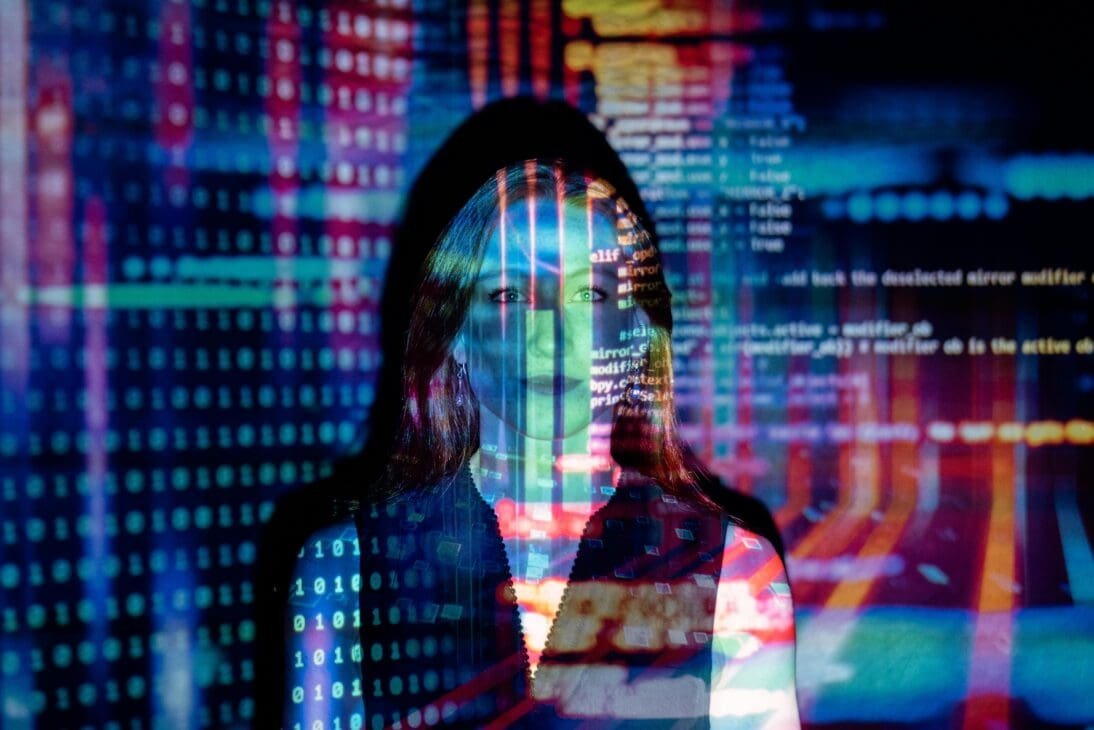
The Machine Can Draft The Human Defines
So, where does that leave us?
The AI writing vs. human writers debate doesn’t need to be a battleground. It can be a brainstorming session. In this evolving creative ecosystem, AI doesn’t have to replace writers; it can empower them, if we let it.
But as we embrace these tools, we must also protect what makes writing meaningful: truth, vulnerability, and voice. Because in the end, AI may write for us, but it can’t write as us.
Have you tried using AI in your creative process? How do you balance efficiency with authenticity in your writing? Drop your thoughts in the comments. Let’s keep the conversation going.
If this piece helped you rethink the AI–human balance, share it with someone exploring the same questions. The future of storytelling is being co-written; let’s shape it together.
FAQs About AI Writing vs. Human Writers
1. Can AI help overcome writer’s block?
Yes. Many writers use AI tools to spark ideas, outline story structures, or reframe a sentence when they’re stuck. While it won’t replace creative flow, it can serve as a brainstorming partner that helps you move past mental roadblocks.
2. What are the ethical risks of using AI in writing?
Writers should be aware of potential copyright issues, data scraping concerns, and the need for clear attribution when AI tools contribute to the work. Always disclose AI assistance when required and verify originality before publishing.
3. How can writers maintain their unique voice while using AI?
Use AI as a draft enhancer, not a ghostwriter. Start with your own outline, tone, and emotional intent. Let AI handle structure or grammar, but ensure every key idea, story, and emotion comes from you.
4. Is AI creative, or is it just remixing existing data?
AI generates patterns based on vast training data; it doesn’t experience creativity or emotion. Its outputs are recombinations of learned information, so the creative spark still depends on human insight and intent.
5. What skills should future writers develop alongside AI literacy?
Writers should focus on emotional intelligence, storytelling authenticity, and editorial judgment. Learning prompt engineering and AI ethics can also help them collaborate more effectively with these tools.

